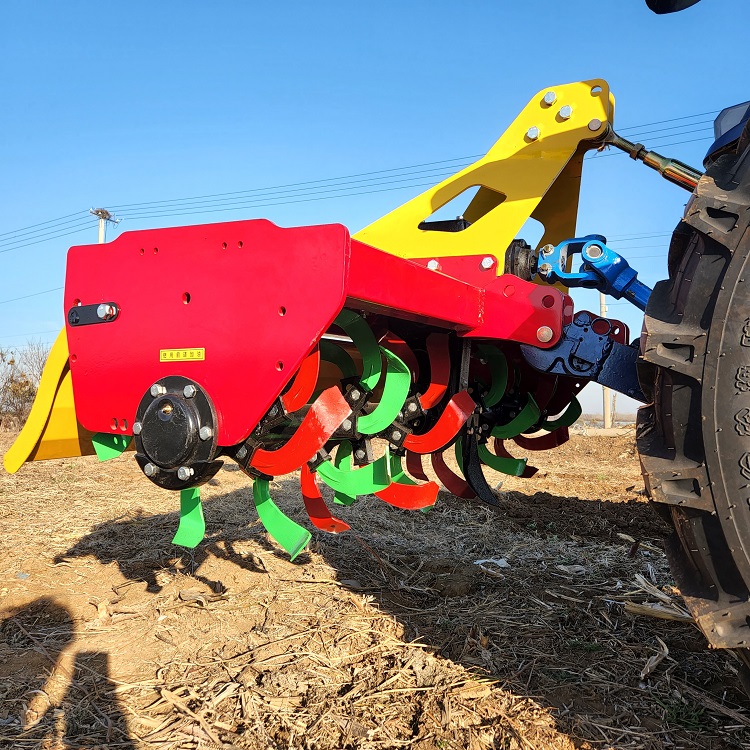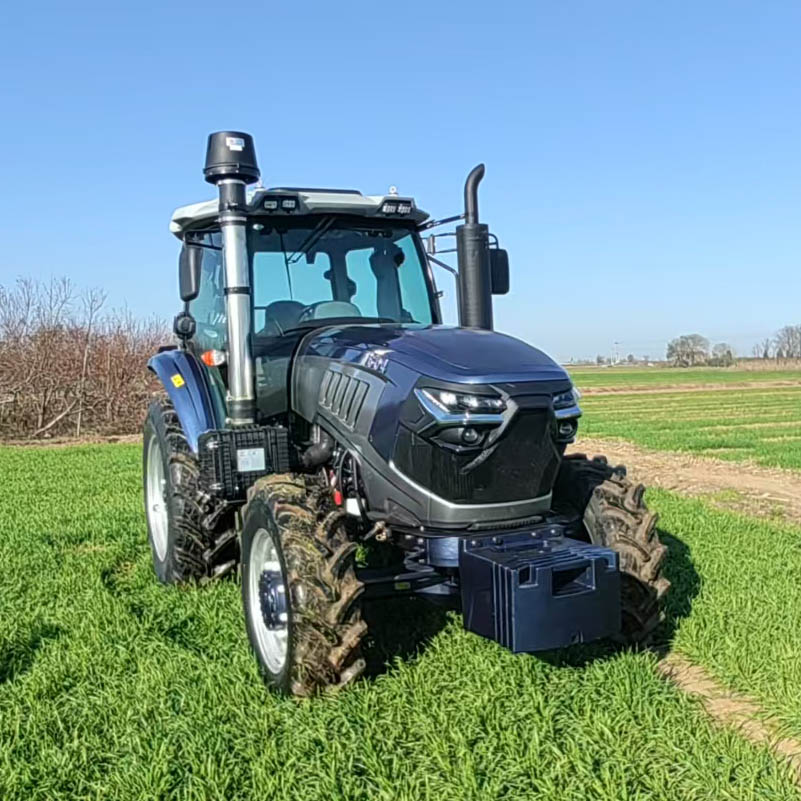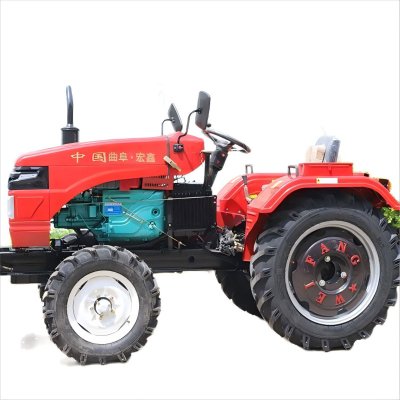Six negative impacts of excessive soil tillage
Bailey, a national conservation agronomist with the Indiana Department of Natural Resources in the United States, who writes on behalf of the Indiana Conservation Partnership. His article "Six Negative Impacts of Excessive Tillage" points out:
Six Negative Impacts of Excessive Tillage
Are you in love with steel? Does your field suffer from iron toxicity? Of course, this is sarcasm. Nutritional iron is unlikely to cause problems in the Eastern Corn Belt. But, can you see the evidence of too much tillage? Does too much "big iron" cause toxicity in your field?
This shows up in several ways, namely the six negative impacts of excessive tillage on the soil:
1. Erosion and runoff. If you see evidence of erosion, your field may be suffering from water infiltration problems. Soil conservationists have advocated that if enough residue is left on the ground, it will prevent water and wind erosion. If residue prevents erosion, why do we see ditches in some no - till fields?
It depends on the role of soil functions. If the soil has aggregate stability and structure, it will allow water to infiltrate faster and reduce erosion. Soils lacking aggregate stability are more likely to form a crust, which prevents precipitation from penetrating. If the soil also shows compaction, water will not be able to move freely through the soil profile. Even soils with surface residue can be compacted.
Tillage can cause crusting and soil compaction, both of which lead to a higher percentage of precipitation running off, thereby causing erosion.
2. Ponding. If you already have no - till and still see floating things, then there may be other soil problems. Just because it rains doesn't mean that the amount of rain that falls is what is measured. If only a quarter of an inch infiltrates where it falls, then the other three - quarters of an inch will run off elsewhere. The accumulation of runoff flows downhill until it forms a pond. Some fields and some soils have more ponding than others. But what causes ponding?

3. Shorter hilltops. Due to gravity, tillage equipment pulls more soil downhill than uphill. If the hills are not as steep as they used to be, then the soil has been washed away, and there is less topsoil at that location for growing crops.
4. The Shorter Fence Syndrome. This effect develops due to the accumulation of soil against the fence. It occurs because after soil tillage, soil accumulates as a result of soil erosion.
5. Brown water. When soil runs off, sand settles out of the water first. Silt and clay particles remain suspended for a longer time, turning the water brown. What color is the water flowing off the field – clear or brown?
6. Higher horsepower requirements. Is more horsepower needed because the equipment is larger? Or is it needed because the soil has degraded due to the loss of topsoil and soil compaction? Ask your tile contractor whether it's easier to pull tiles on no-till fields or tilled fields. You might be surprised.
If farmers think their soil is suffering from "iron toxicity", they should talk to the local Natural Resources Conservation Service and the staff of the Soil and Water Conservation District. See how to correct this phenomenon.

Author: Li Shechao Source: Agricultural Machinery News Network



